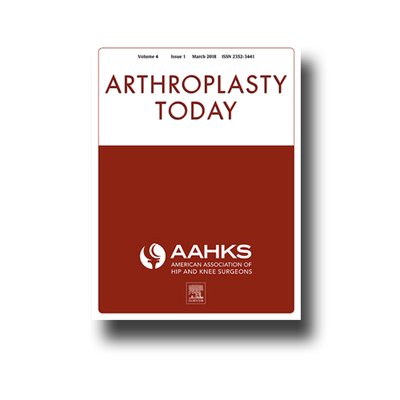
“Objective: To determine if a 2-day protocol measuring pharmacokinetic and pharmacodynamic characteristics can demonstrate drug-drug interactions when smoked cannabis is added to orally administered hydrocodone/acetaminophen combination products.
Case summary: A 51-year-old non-Hispanic white male with chronic pain diagnoses participated in a 2-day pilot protocol. The participant attended two 7-hour in-lab days where he received 10 blood draws each day and completed self-administered pain and anxiety surveys. For both days, the participant took his prescribed dose of hydrocodone/acetaminophen (1/2 tablet of 7.5 mg/325 mg combination product) with the addition of 1 smoked pre-rolled marijuana cigarette (labeled as 0.5 g; 22.17% Δ9-tetrahydrocannabinol; 0.12% cannabidiol) on Day 2. Blood specimens were analyzed using mass spectrometry to quantify the difference of plasma hydrocodone levels between Day 1 and Day 2.
Results: Compared to Day 1, lower levels of pain and anxiety were reported during Day 2 with the addition of cannabis to oral hydrocodone/acetaminophen. Day 2 pharmacokinetic analysis also revealed more rapid absorption and overall lower levels of hydrocodone in plasma.
Discussion: Lower hydrocodone plasma levels in Day 2 may indicate cannabis’s effect on metabolism and reduce the risk of opioid toxicity. The quicker absorption rate of hydrocodone could explain lower pain and anxiety scores reported on the second day.
Conclusion and relevance: A 2-day protocol was able to capture differences across time in pharmacokinetic and pharmacodynamic measurements. Larger studies can be designed to better characterize the potential drug-drug interaction of cannabis and opioids.”








